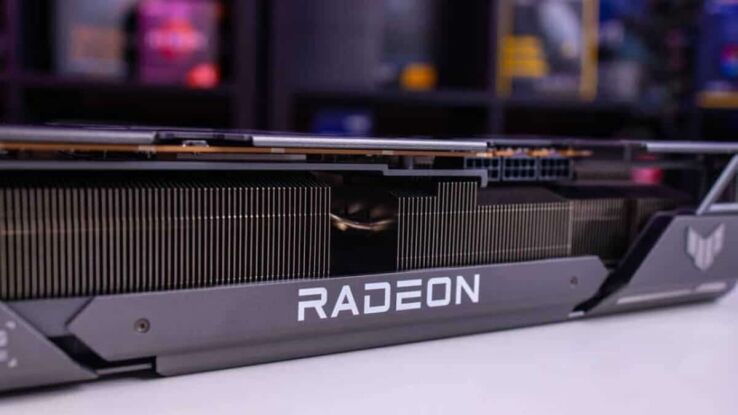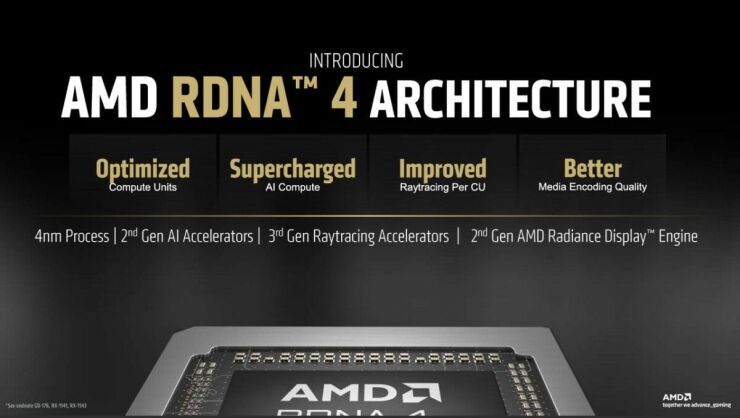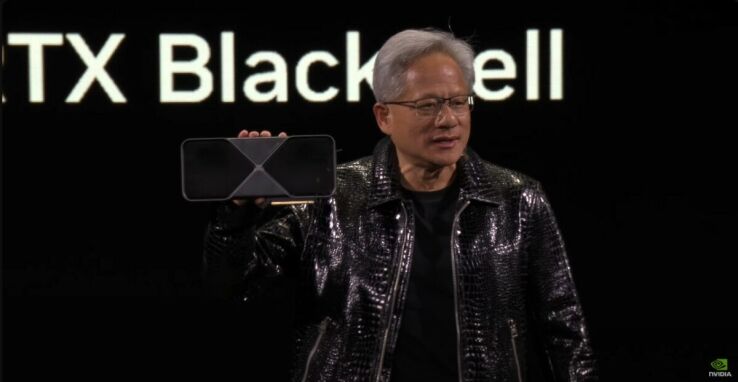AMD has pulled an Intel and started changing names around
Updated: Jan 6, 2025 7:56 pm

WePC is reader-supported. When you buy through links on our site, we may earn an affiliate commission. Prices subject to change. Learn more
CES 2025 is kicking off with a bang, and AMD wasted no time grabbing the spotlight with its Radeon RX 9070 and RX 9070 XT graphics cards. If the naming convention feels oddly familiar, you’re not alone. AMD has overhauled its GPU branding, skipping the 8000 series entirely (saving that for the Laptop SKU GPUs) to align with Nvidia’s simpler, competitive approach.
Now, Radeon’s model names are synced with AMD’s CPU lineup, making the RX 9000 series a sibling to gaming powerhouses like the 9900X3D and 9950X3D, also unveiled at CES today.
Full disclosure: the slides are part of the press release, and the GPUs were not mentioned in the Keynote. Instead, AMD chose to shine more spotlight on AI innovations and the new Ryzen CPUs.
AMD reveals why it has decided to re-name its 9000 series GPUs
Why the sudden change? According to AMD’s presentation, the new naming scheme aims to streamline its product line and make it easier for buyers to compare directly against Nvidia’s offerings. By ditching the 8000 series for desktop GPUs, AMD also clears the way for mobile GPUs based on RDNA 3.5 architecture to occupy that space—smart but a little jarring for those following AMD’s more traditional numbering system. If it ain’t broke and all that.

It feels like AMD is not just matching Nvidia but positioning itself as a more cohesive ecosystem across CPUs and GPUs. This strategy may resonate well with gamers who are already invested in Team Red hardware.
What else is coming with the announcement of AMD’s 9000 series GPUs?
The RX 9070 and RX 9070 XT come with RDNA 4 architecture, a step up that promises improvements in performance, efficiency, and AI-driven features. While AMD keeps specifics under wraps, the rebrand suggests a fresh start for Radeon, moving away from its slightly confusing model history. Aligning with Nvidia’s conventions might feel like a concession, but it’s a move that could simplify choices for gamers and enthusiasts navigating today’s increasingly crowded GPU market.

Whether the RX 9000 series will truly deliver its promise remains to be seen, but the rebranding alone is a bold statement. AMD clearly wants to position itself as the more accessible, user-friendly option, and tying its GPUs to its renowned CPU lineup could be the key to winning over more customers. If nothing else, AMD’s keynote ensures 2025 is off to an interesting start for PC gaming hardware. Let’s hope these cards have the performance to match their ambitious new identity.










